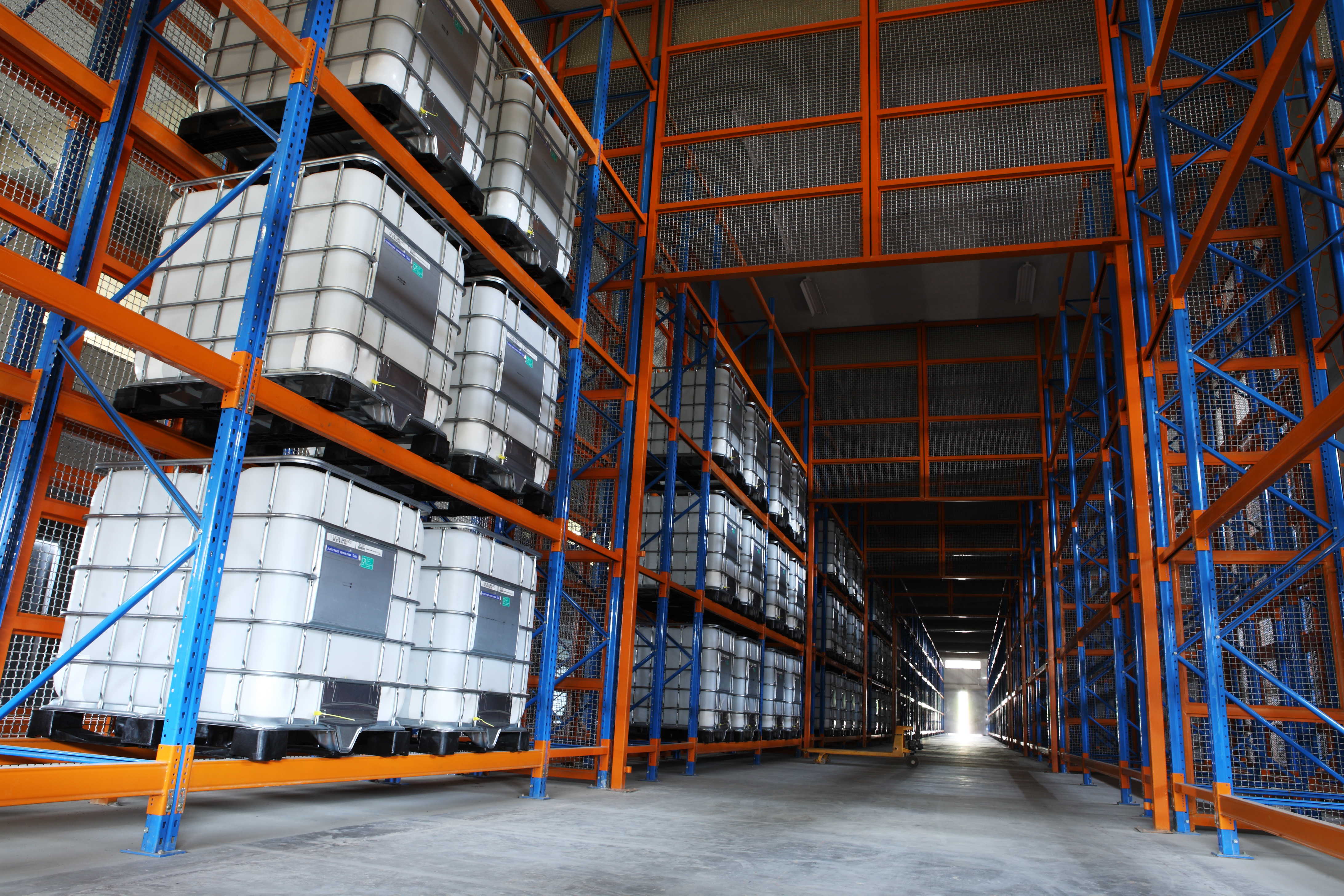IBC & Tote Cleaning

Companies ship and receive products in intermediate bulk containers (IBCs) totes for operations. If you are keeping the IBC tote shipped to you or receive these containers back from customers after completing a delivery, you may consider reusing the tote for other purposes. Before placing the IBC tote back into use, you want to ensure that it is clean and sanitized so that no contaminants remain inside. Learn more about tote cleaning, when it is the right time to perform this task, and what equipment you will need for your cleaning system.
What is the Best Way to Clean an IBC Tote?
You may invest in a professional grade washing equipment to clean your IBC totes. These systems are designed to both wash and rinse out the tote thoroughly along every surface and crevice. Manufacturers of tote cleaning systems will have a variety of technologies and functions, yet the main design of these tools consists of a high pressure washer system, tank recirculation, cleaning solution tank, and a sanitizing rinse water tank.
The high pressure washer system may have a tote cleaning tool on the end of a hose or be an enclosed system that has jet washers inside. The type of system to use will depend on the size of the totes, the number of totes that will be cleaned on a daily basis, the flow rate of the pressure system, and the cleaning solution/water tanks.
For hose-type models, a cleaning tool has a nozzle on the end that becomes inserted into the IBC tote and connected into place. The other end of the hose is connected to a programmable logic controller (PLC) pumping station, and to the tanks that contain the cleaning solution and the rinse water. You turn on the equipment as the cleaning tool blasts the solution into the tote to wash the surface. After the washing cycle is completed, the pumping station switches from the cleaning solution tank to the rinse water tank to thoroughly rinse out the cleaning solution.
Enclosed systems may have a ramp or automated lifting machine to place the tote inside the tank. Other models may require the tote to be lifted into place using a pallet jack or forklift. The tote is suspended upside down as the door closes. The cleaning and rinse nozzles line the walls and bottom of the tank. The cleaning system propels the cleaning solution onto all surfaces as the dirty water falls down to the bottom of the enclosed tank. Once the cleaning and rinse processes are completed, the door is opened and the IBC tote is removed.
Hose models are typically used when the IBC tote is fully enclosed and only has a small opening with a cover on the top. Enclosed systems are used for totes that have wider openings along the top. The nozzles used during the cleaning and rinse cycles should allow for the solutions to reach every surface and crevice at an even flow rate. Certain types of nozzle designs, such as free spinning nozzles, propels cleaning solutions or rinse water in all directions in solid jets.
Before deciding on which system to use to clean the IBC tote, you need to determine whether tote cleaning is possible. Successful IBC tote cleaning will be based on what products were shipped inside the container. If you are reusing your own totes with or without an IBC liner bag, then you know what materials were shipped in specific containers. However, if you plan to reuse a tote sent to you from a vendor or supplier, you should gain full documentation on what products were previously shipped inside the tote. In some instances, there may be a label on the tote informing you about what the container was previously used for to make it simpler to clean.
Some containers used to ship hazardous materials may have chemical residuals throughout the tote, making it difficult to clean in-house. Hiring a professional cleaning service may be the best option to ensure that all chemicals are removed from the surface.
How Do You Keep Algae from Growing in IBC Tote?
Algae may grow inside totes that were used for shipping food, organic materials, liquids, or water-based products. Algae may also be present if the IBC tote is not thoroughly dried after the cleaning process. Adding bleach or chlorine into the rinse water can kill any algae present and stop it from growing. However, you want to ensure that the bleach or chlorine residue does not cause harm to any products that are later placed inside the tote.
Thoroughly drying the IBC tote after the cleaning and rinse stages can prevent the algae growth. Leaving a tote out to dry in an enclosed room for several hours can work for smaller totes. You may also manually dry the totes or use a tote dryer that is equipped with industrial air blowers that will remove all remaining water from the tote's surfaces.
Lechler: Spray Nozzle Solutions for Tote Cleaning
Our high quality spray nozzles consistently clean and rinse every surface of the tote in an even manner. We offer state ball spray designs that provide reliable flow rates, which helps to conserve water as you use less while still performing optimal cleaning.
Our engineered nozzle technologies provide immense benefits to a range of industries including food & beverage, electronics, metal processing, and many others. We offer customized nozzle technologies for your processes, as we can design nozzles for your IBC tote cleaning stations. Learn more about our nozzle technologies by contacting us today.